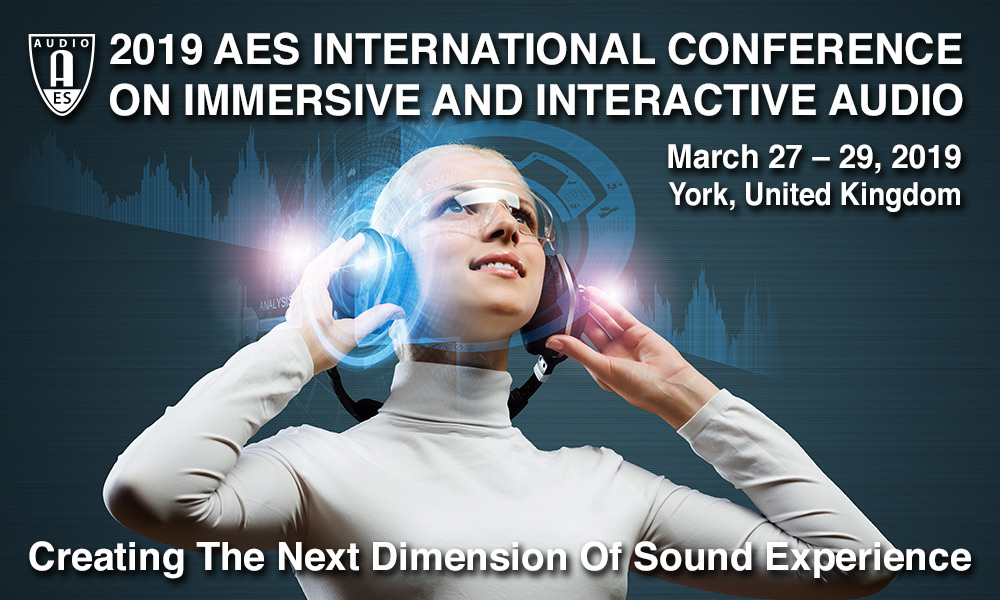| Home | Call for Contributions | Program | Registration | Venue & Facilities | Accessibility & Inclusivity | Travel | Sponsors | Committee | Twitter |

Chair: Gavin Kearney
The equalization of room acoustic influences on the sound transmission from a source (loudspeaker) to a receiver (listener/microphone) is a well known problem in audio engineering and academia that led to various equalization methods. However, many highly effective approaches lack of either robustness, practicability or usability. This paper thus presents an algorithm for room response equalization making use of parametric peak filters that are popular in audio engineering for their intuitive handling and performance. Motivated by the urge of controllable acoustic conditions for listening tests within immersive multi-loudspeaker audio reproduction, the presented algorithm was designed with respect to the recommendation ITU-R BS.1116-3. Results show, that spectral coloration can be reduced significantly, reaching conformity with the recommendation of up to 96%.
http://www.aes.org/e-lib/browse.cfm?elib=20402
Amplitude panning, for example Vector Base Amplitude Panning (VBAP), is one of the most widely used methods to reproduce spatial and object-based audio scenes over loudspeakers. It creates, however, a position-dependent perceived source extent, or spread, which is undesirable in many situations. This paper propose an efficient algorithm to generate image sources with exact constant spread for arbitrary loudspeaker layouts. This algorithm is based on a previously proposed approach using convex optimization, but avoids run-time optimization to achieve a complexity very close to VBAP. In this paper, the algorithm is derived for two-dimensional loudspeaker layouts, but it can be adopted to 3D configurations as well.
http://www.aes.org/e-lib/browse.cfm?elib=20403
The Department of Music at the University of York was one of the first, possibly the first, adopters of Ambisonics for use by composers of electronic music. This paper looks at the history of Ambisonics,concentrating on the York perspective.
http://www.aes.org/e-lib/browse.cfm?elib=20404
